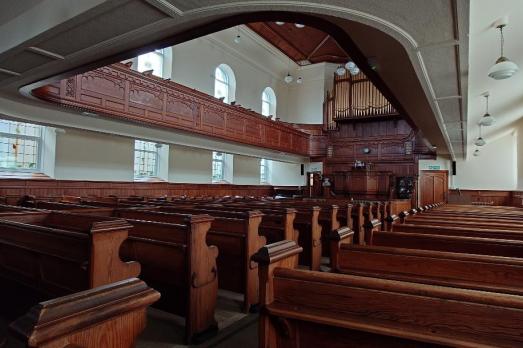
Jerusalem Independent Chapel
Burry Port, Carmarthenshire | SA16 0BD
Unique chapel established in 1812 with lovely Art Nouveau features and an interesting history.
Search for a fascinating place to visit, or see the variety of churches, chapels and meeting houses we have supported.

Burry Port, Carmarthenshire | SA16 0BD
Unique chapel established in 1812 with lovely Art Nouveau features and an interesting history.

Morton, Lincolnshire | DN21 3AD
A treasure house of William Morris and Sir Edward Burne-Jones windows.

Bolton Abbey, Yorkshire | BD23 6AL
The church of St Mary & St Cuthbert stands above a wide curve in the River Wharfe amid the ruins of Bolton Priory.
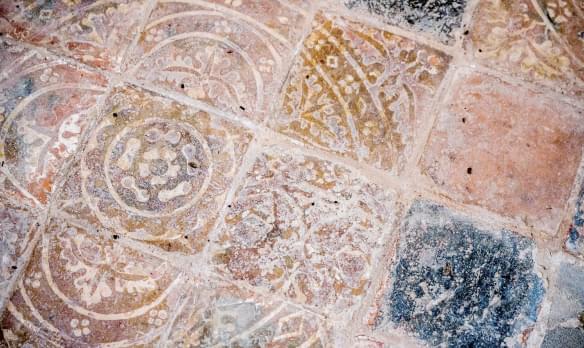
Saxilby, Lincolnshire | LN1 2PE
The church of St Botolph is of considerable interest since it has indications of building in four different architectural styles over a period of some 900 years.

Southwick, Northamptonshire | PE8 5BL
The tower is well buttressed and unusually decorated , the first is accounted for by the susceptibility of the earth to subside on account of the Romans extracting iron stone from the vicinity.
We have supported this church
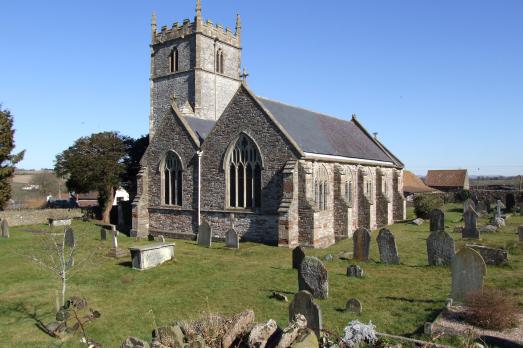
Stanton Drew, Somerset | BS39 4EJ
St Mary’s is a hidden gem, it is worth a visit and you can also seethe nearby ‘Stone Circles’.

Aldwincle, Northamptonshire | NN14 3EP
St Peter's is legitimately another claimant for the title 'best Northamptonshire steeple'.
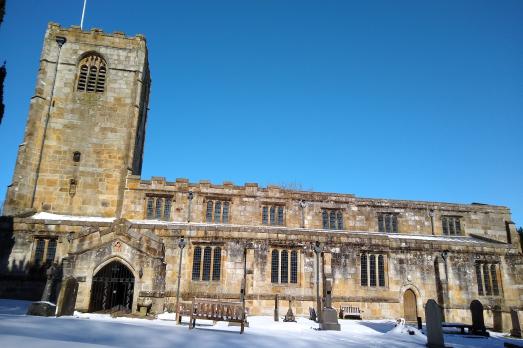
Kirkby in Malhamdale, Yorkshire | BD23 4BS
It is thought that the church originated no later than the 9th century, and possibly as early as the 7th century, although there is no mention of the church in the Domesday Book.
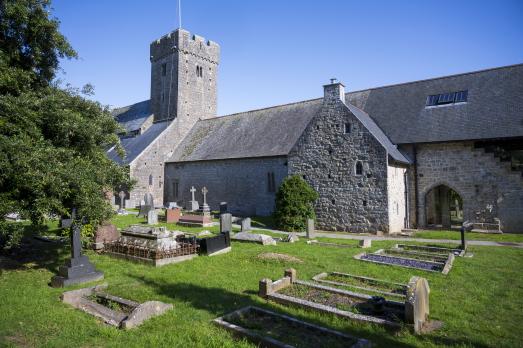
Llantwit Major, Glamorgan | CF61 1SG
Known as the Westminster Abbey of Wales, St Illtud's is one of the oldest Christian sites in the UK.

South Stoke, Somerset | BA2 7DP
St James is a small but beautiful church, nestling at the centre of South Stoke village, with glorious, far-reaching views of the surrounding countryside.
We have supported this church
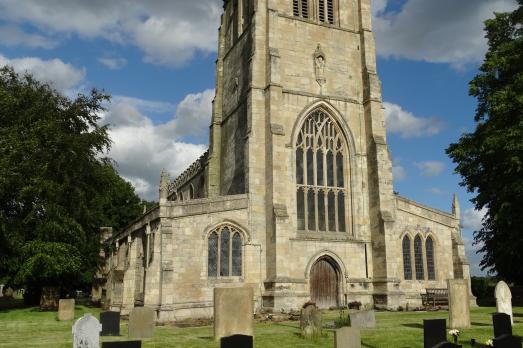
Fishlake, Yorkshire | DN7 5JN
Fishlake St Cuthbert dates from around 1175 and is justly famous for its remarkable south doorway Romanesque architecture, come and see!

Apethorpe, Northamptonshire | PE8 5DQ
This archetypal medieval church is set in the heart of the village. It abuts a clearly later square tower (1633) topped by a good spire and on the south side a chapel, refashioned in 1621, juts into the churchyard.